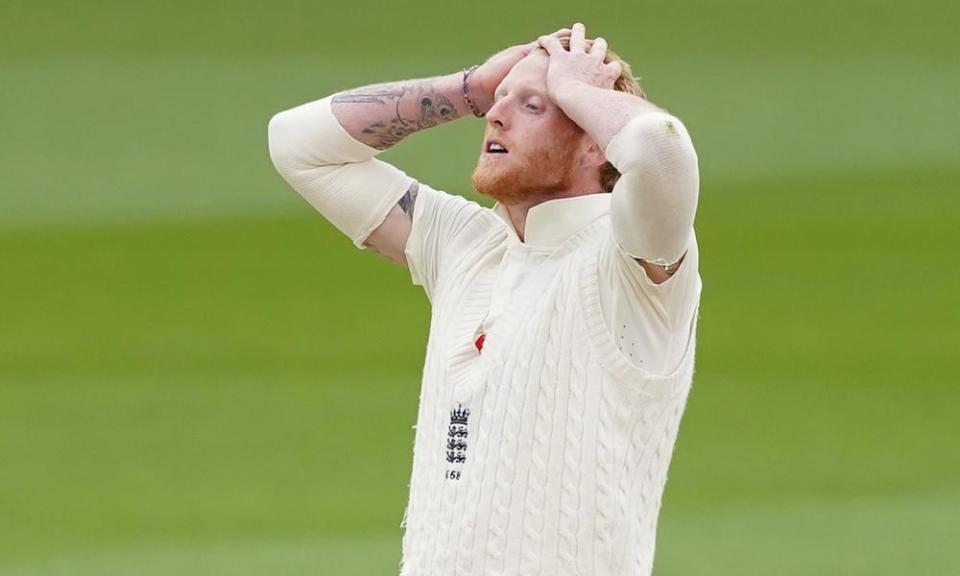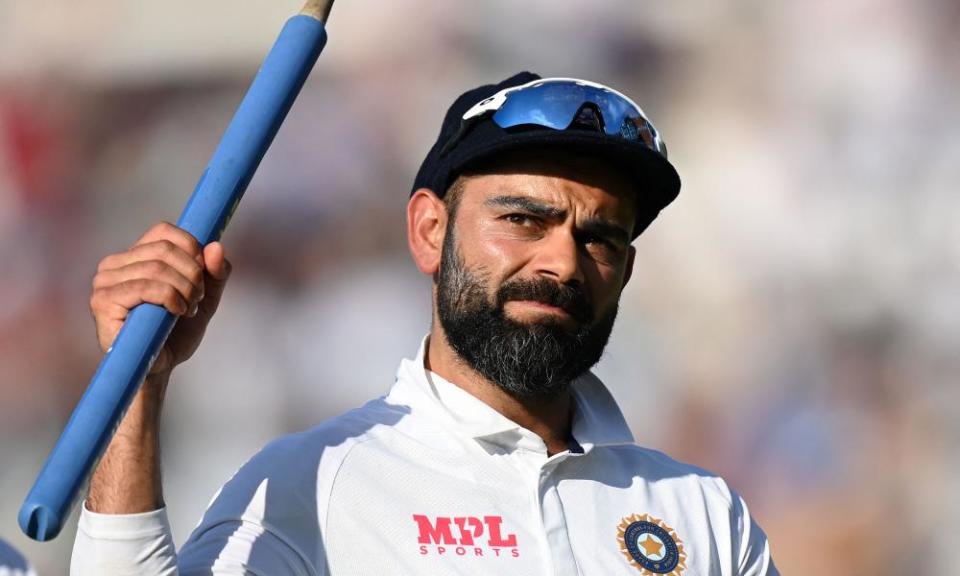Pressure for change is building to protect cricketers from burnout

Cricket has become a sport that never stops, but though the Indian Premier League restarts this weekend and the bandwagon keeps rolling we have also reached the end of the British summer, as good a time as any to take stock and assess where we are and what the future holds.
For England, there are some easy answers and some harder ones. In terms of cricket it has been a solid few months, with success in the short-form game balancing out some disappointment in the Tests. But the way the men’s international summer ended, with the abandonment of the fifth Test of a superb series against India, demonstrated a sport in the middle of a transformation.
The growth of franchise cricket and the success of the IPL has brought a massive rise in player power. Add to that a pandemic that forced new demands on top players, particularly those who perform across all three formats, and it was only a matter of time before they started deciding that some of the things that were being asked of them were unreasonable.
The schedule is becoming relentless. If you look at England’s commitments over the next year, after the Twenty20 World Cup in October and November there’s the Ashes, a five-match T20 series followed by three Tests in West Indies, which end just after the next IPL season starts.
Within 10 days of that tournament ending in late May the English international summer, in which New Zealand, India and South Africa are all scheduled to visit, starts with the first Test against the Kiwis at Lord’s. That’s 14 Tests, six ODIs, 11 T20s and a T20 World Cup, a minimum of 92 scheduled days’ play even if England don’t make it out of the group stage in Dubai or go on their pre-World Cup trip to Pakistan; and at the end of it there is another T20 World Cup, this time in Australia in October and November 2022.

Even without quarantines and biosecure bubbles it feels like things are coming to a crunch, but with them it is practically impossible. The unravelling of the final Test against India, the speed with which India’s players fled the country afterwards, and the fact that there is minimal room to reschedule the game next year all show how tight things are.
Players are starting to speak up about the impact on them as athletes and as people. Ben Stokes has stepped away from the game to focus on his mental health, setting an example that others may follow. There have been an unusual number of physical injuries – of bowlers who were or would have been in contention for a place in England’s Test team. Jofra Archer, Olly Stone, Stuart Broad, Mark Wood, Chris Woakes and Saqib Mahmood all missed some or all of the summer.
Related: England fight for India to return after Test called off amid Covid outbreak
India’s players clearly had the IPL on their minds when they decided not to play at Old Trafford, but they would also have been worried about testing positive midway through a Test and then being forced to self-isolate in England before leaving to join their next bubble, and perhaps losing a first chance in months to catch up with their families.
It is important for governing bodies to start to find solutions. The sport has reached a point where the demands on top players are far beyond those faced by previous generations, and players are no longer afraid of forcing their way out of commitments they feel are unsustainable for them.
Gone are the days when if you were chosen to tour, you toured. In the distant past a trip to Australia might take months – just getting there would take weeks – but families were not considered and mental health was ignored.
The world has completely changed for athletes, and now a player like Jos Buttler, who has a young family and will want to have some semblance of balance in his life as well as protecting his mental wellbeing, could conceivably refuse to take part in some of the most high-profile, historic and prestigious Test series in the sport. And when big-name players start deciding to sit out whole series it will have big ramifications.
The cancellation of the fifth Test against India might end up costing Lancashire and the ECB millions in lost broadcast revenue, ticket, food and merchandise sales, and there could be more hits to come. If there’s no guarantee that the best players will be involved in the Ashes, for example, that will very quickly be reflected in the fees being offered by broadcasters. A relatively small group of players can’t just keep playing indefinitely.
Related: Ben Stokes takes indefinite break from cricket to ‘prioritise mental wellbeing’
Last winter the England head coach, Chris Silverwood, was widely criticised for his player rotation policy, but I think we’re starting to see that giving players clarity about when they will be needed and when they can schedule some time away from the game is essential. Teams will need bigger squads to cope with this rotation, which probably isn’t the worst thing in the world, but they will also need to manage the number of games being scheduled, at international and at club or county level.
With the advent of the Hundred we now have four formats in our domestic schedule, which has brought more matches and also more challenges: in August Dawid Malan, for example, played for Trent Rockets in the Hundred and was in the Test team at Headingley five days later.
If we want Tests to be the pinnacle of the sport I think we need to clear space around them for players to rest, prepare and focus. One thing I’m sure of is that pressure for change is building, and perhaps as we head into autumn some people will find the space and time to work out how to give the sport and those who play it the space and time they also need.

 Yahoo Finance
Yahoo Finance 